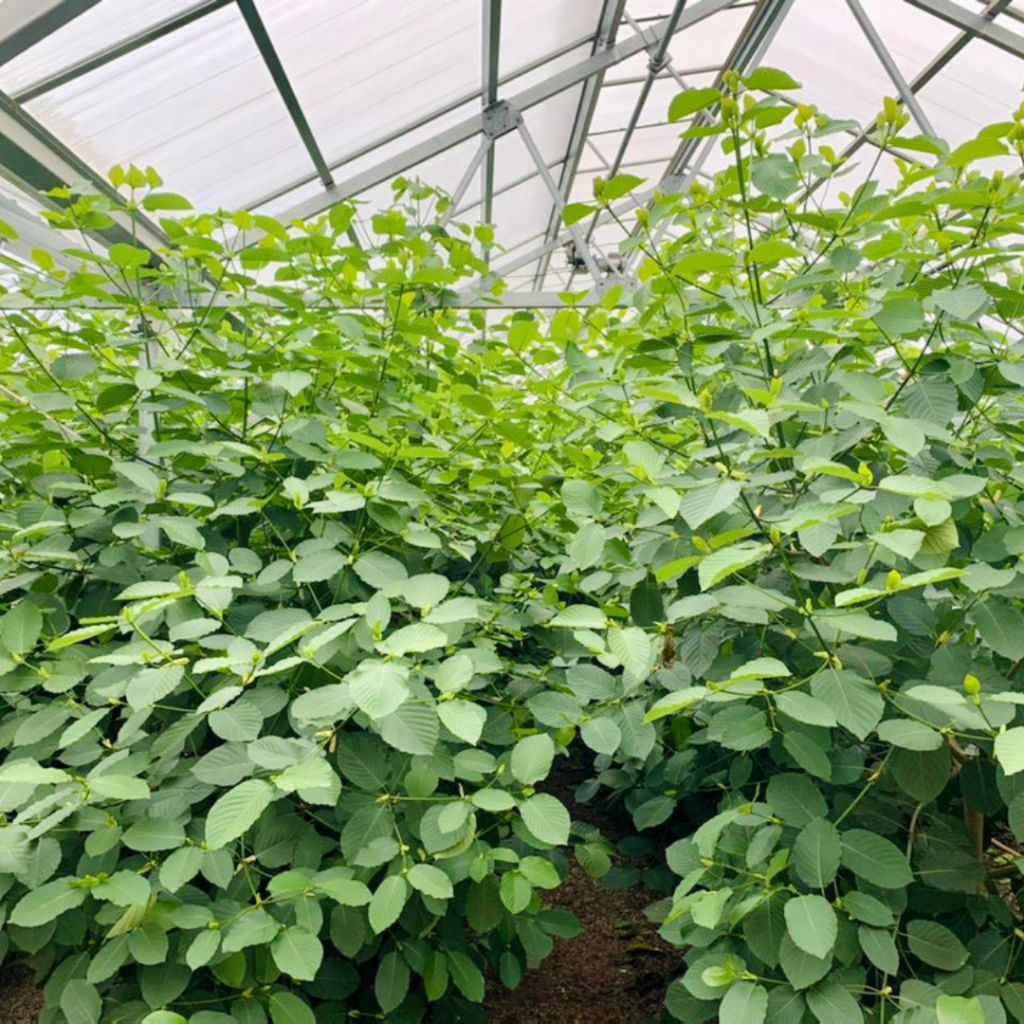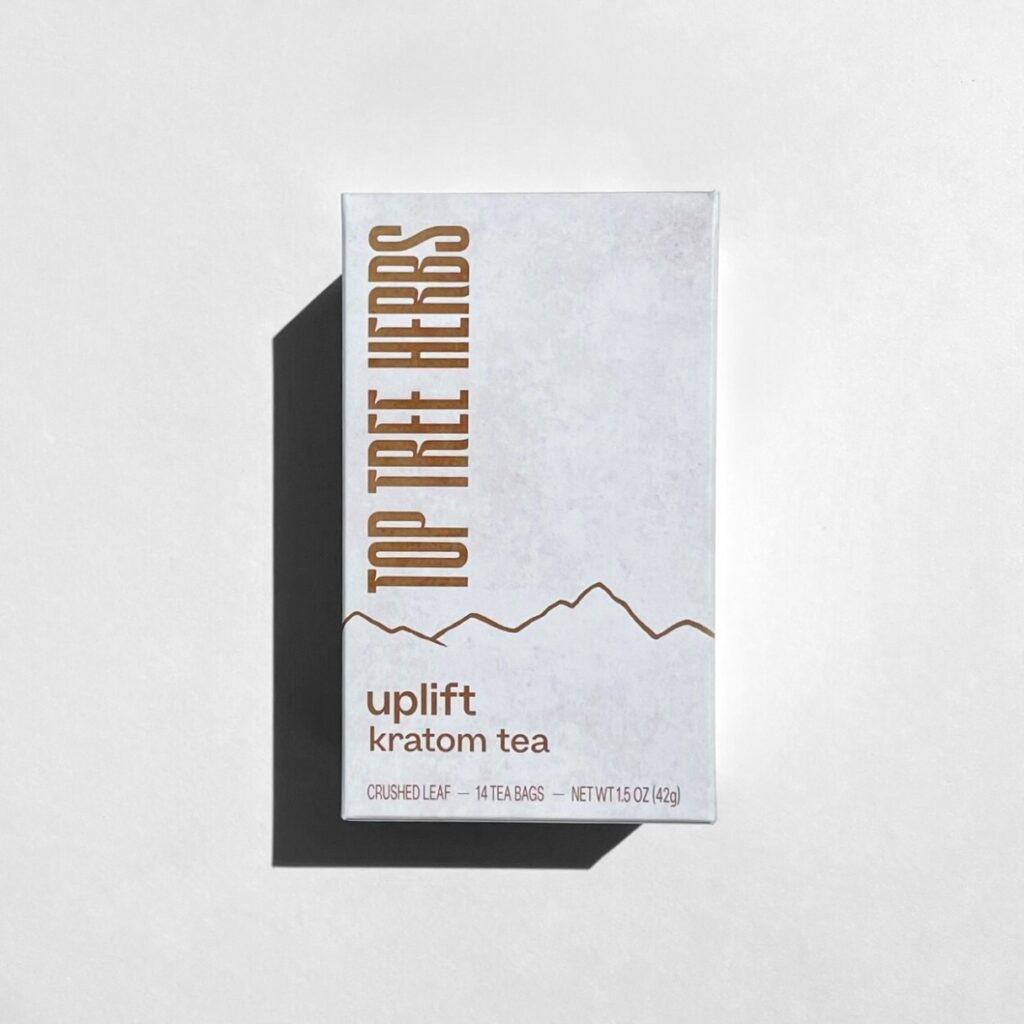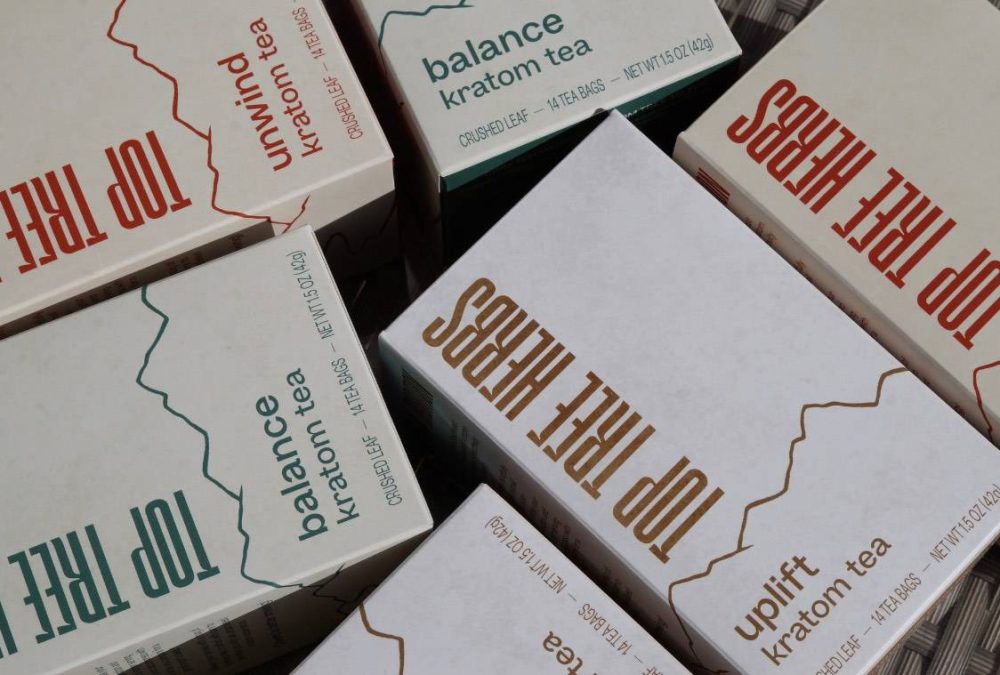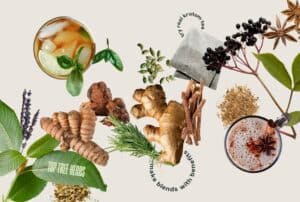Today we’re going to break down everything you need to know about how kratom is grown, and how different strains of kratom are create. However, there’s a lot of misinformation surrounding strains in the kratom industry, and this is often fueled by vendors who are just trying to sell more products.
Ultimately, we hope to help you find the best kratom strains for your individual needs, but to do so we first need to dive into what strains are. Truth be told, strains are frequently fabricated. The kratom colors and countries of origin indicated by the names of various strains of kratom (like Red Bali or Green Malay) often are’t what they seem.
To understand more about how companies actually come up with strain names (and how this often differs from their marketing), we recommend you read The Myth of the Kratom Strain. Here’s a quick recap of that article, which will provide a good foundation for understanding the conversation below:
- There’s only one species of the kratom tree, which is formally known as Mitragyna speciosa. Different strains don’t come from different species of trees.
- Kratom leaves can have different vein colors when they’re on the tree, but the color in the name of kratom products is associated with harvesting and curing processes, not the color of the leaf vein.
- Kratom has over 40 alkaloids, and individual kratom products will naturally vary in alkaloid composition based on geographic variation, seasonal changes, and other environmental factors.
- There aren’t universal standards for classifying different kratom strains, so vendors have to develop their own system for separating strains.
In short, a lot of what kratom customers are told about different strains of kratom is a myth. So we’re going to continue rebuilding our understanding of strains from a scientific perspective, not the perspective of companies trying to sell you as many different products as they can.
Looking to Botany and Chemistry to Expose the Myth Behind Different Strains of Kratom
There’s an ongoing debate among botanists about the proper way to classify plants. The controversy is hundreds of years old and is centered around the naming of wild vs cultivated plants.
For us, the debate is a framework for thinking about kratom strains. To make the connection clear, we’ll start today with a brief overview of how kratom, or Mitragyna speciosa, is technically classified.
From there we’ll look at a few studies that establish the theoretical basis for classifying different kratom “strains.” And after breaking down the science, we’ll explain how kratom vendors are using their own classification systems to create and market specific strains.
How Botanists Classify Plants
There are a number of different classification systems for plants. The most widely used system classifies wild plants based on their physical characteristics. You’ll recognize the terms in this system if you think back to your early years in school.
It proceeds through the following groupings: Kingdom, phylum, class, order, family, genus, species, variety, cultivar. To understand kratom strains today, we need to focus on the last few categories.
Starting with family, kratom is part of the Rubiaceae family, just like coffee. There are thousands of plants in this group though, so we need to go further if we want to unpack kratom strains.
Kratom is part of the Mitragyna genus, along with 7 other species of plants. Although a few of these species are used similarly to kratom, most experts agree they aren’t as effective.
When we get to the last three categories—species, variety, and cultivar—it starts getting interesting. As you’ll notice, “strain” isn’t on the list of taxonomic categories. To explain this, we need to return to the debate on wild plants and cultivated plants.
Kratom Varieties vs. Kratom Cultivars
In plant taxonomy, when there are observable differences between plants in the same species, botanists subdivide them into groups, called varieties.
When people begin cultivating a specific variety, a cultivar is created, indicating the plant is the result of selective breeding. Once you learn how this distinction works, the confusion about strain names starts to make a lot more sense.
Why this matters: in its natural setting, all kratom is the same species, Mitragyna speciosa. This means that all kratom trees have a similar genetic makeup and can produce similar alkaloids.

The real question is whether we can subdivide Mitragyna speciosa into different varieties based on specific characteristics. Can we say, for example, that kratom trees from Thailand are fundamentally different than kratom trees in Borneo?
What Research Tells Us About Kratom Alkaloids in Different Strains of Kratom
When researchers analyze kratom from different regions, as well as from different trees in the same region, they find huge variations in the number of active alkaloids in individual leaves.
In 2018, researchers analyzed the alkaloid profile from five different kratom varieties to see whether alkaloid profiles varied greatly from “strain” to “strain.”
They used the following kratom products: Red Thai, Red Malay, Red Bali, White Borneo, and Green Malay. And their findings paint a clear picture.
Not only did the quantity of alkaloids vary between strains, but some varieties had over twice as many unique alkaloids. The Red Bali, for example, had 24 alkaloids present, while the other four varieties had 11.
This is pretty good evidence that the different effects people report from different strains are legitimate, even if we don’t fully understand how it happens.
Point of order: contrary to what you might expect, the Red Bali didn’t turn out to be the strongest strain in the batch!
To connect this to kratom tea we need to break down the connection between alkaloid content and potency.
Kratom Potency: The Role of Alkaloids
In the same study from 2018, the researchers compared the distribution of specific alkaloids in each strain. Again, they found huge differences across the board.

Boffa et al. found that the Green Malay, for example, had, “the highest w/w percentages for mitragynine and total alkaloids in its extract (59.7 and 94.9% respectively).” This means that the Green Malay was more powerful than the Red Bali, even though it had fewer alkaloids overall.
To put this all together, these findings show that kratom products will vary in effect and potency based on the active alkaloids present in that batch. To us, this is the most important finding for anyone interested in kratom strains!
Why does this study matter? It establishes a foundation of understanding that can be used to rebuild our conception of kratom strains! And even better, it’s all based on science!
The question, then, is how this is relevant for modern kratom consumers. Considering most vendors don’t test the specific alkaloid concentration of each product, it’s a great question.
Now, let’s move from theory to the real world to answer the fundamental question: have kratom farmers have successfully developed kratom cultivars?
Modern Kratom Cultivation
To frame the discussion, we’re going to draw a three-way connection between how kratom is grown today, how it could be grown in the future, and what consumers should do in the meantime.
In the past few hundred years, humans have domesticated a large variety of plants. If you saw any of these plants in their wild form, you’d be surprised at how different they are from what you find on grocery shelves. These include corn, pineapples, carrots, peaches, raspberries, strawberries, plums, avocados, and pumpkins
As you probably know, the modern versions of these plants have a much higher commercial value. The fruit is sweeter, the veggies are bigger, and they all last longer on grocery store shelves.
Considering the number of kratom strains on the market today, it’s worth looking at the industry through this domestication lens.
Has kratom already proceeded down a similar domestication path? If not, is there a movement to start? How long will it take before consumers are able to access genetically identical raw kratom material?
The short answer to the domestication question is no. In the regions where most of the kratom in the world is grown, most farmers are not breeding specific cultivars of kratom.
How to Classify Different Strains of Kratom
To account for the lack of technical definitions when it comes to kratom strains, most reputable vendors have in-house systems for classifying their kratom by effect, regardless of vein color or region.
They may still pay attention to alkaloid content and where the kratom was grown (though not all vendors have this information), but they don’t privilege this information over the feedback from real consumers. As there’s no one-size-fits-all when it comes to kratom, we think a blended approach for classifying kratom strains is best.
If you’ve ever bought cannabis from a dispensary, you’ve seen this in action. You can see the THC or CBD quantity on the label, and then use the budtender’s experience to guide the final purchasing decision.
If you’ve ever wondered why brands are so focused on consumer feedback, it’s so they can play the role of budtender – regardless of the industry or product!
How Kratom May Be Classified in the Future
To summarize, kratom strains today are not based on genetic identifiers that we know will produce X effect if you consume Y amount. You can test this by trying the same strain from multiple vendors. The effects will be similar, but not one and the same.
As bleak as this seems, we already know the solution. Over the past decade, especially the last 5 years, we’ve seen a boom in kratom research. What have we learned? It’s going to be a long time before we have a universal system for classifying kratom.
We believe it will follow a similar path as cannabis. There will be a commercial market where vendors make kratom strain names based on effect. At the same time, the medical community will develop a system for classifying strains based on their alkaloid content.
As the US kratom farming community grows, we may even see the first legal cases related to kratom strains. In other agricultural commodity markets, like apples, plant breeders’ rights are used by farmers to protect a variety they’ve developed. As a consumer brand, we actually kind of like the idea—who wouldn’t want a Red Delicious Bali tea?
Why Top Tree Has Stopped Selling Different Strains of Kratom
Top Tree Herbs still sells all the same types of kratom. However, because there is so much industry-wide inconsistency and secrecy in making different strains of kratom, Top Tree Herbs decided to stop using strain names for our kratom teas in mid-2023.
It’s the same tea from the same source with the same amount of expected batch-to-batch variation, but it’s not associated with any strains. We did this to align our practices and our products with the scientific knowledge we have about kratom. When you buy kratom tea or any other kratom product, you should know everything about it, not just the stories a company fabricates about it.
How Do We Make Choices if We Can’t Fully Trust Strains?
Overall, we hope we’ve helped to clarify your thinking around kratom strains. It’s a complex, ever-evolving subject, so complete understanding is always going to be elusive. That said, we’re optimistic about where things are going.
Knowing that strains are often mythologized doesn’t mean you have to toss your Red Bali or White Borneo or Green Malay kratom in the trash. While it’s great to find kratom from more straightforward vendors, there are many vendors that use different strains of kratom and are still transparent and sell high-quality products.
We see this issue as an opportunity to improve and make great advances. This is especially true for kratom farmers. Whether in Indonesia or Florida, people want consistent products they can trust. As kratom vendors continue refining their in-house classification systems, cultivators can be doing the same in the fields.
One day, we might have genetically identical kratom strains grown in homogenous soils with standardized harvesting and processing methods. Some consumers may want the consistency this provides, while others may prefer wild-grown kratom.
Until that time comes, just remember, if you keep an open mind and experiment a bit, you’ll have no problem finding the best kratom strains.
Cheers to better—and more transparent—brewing!





